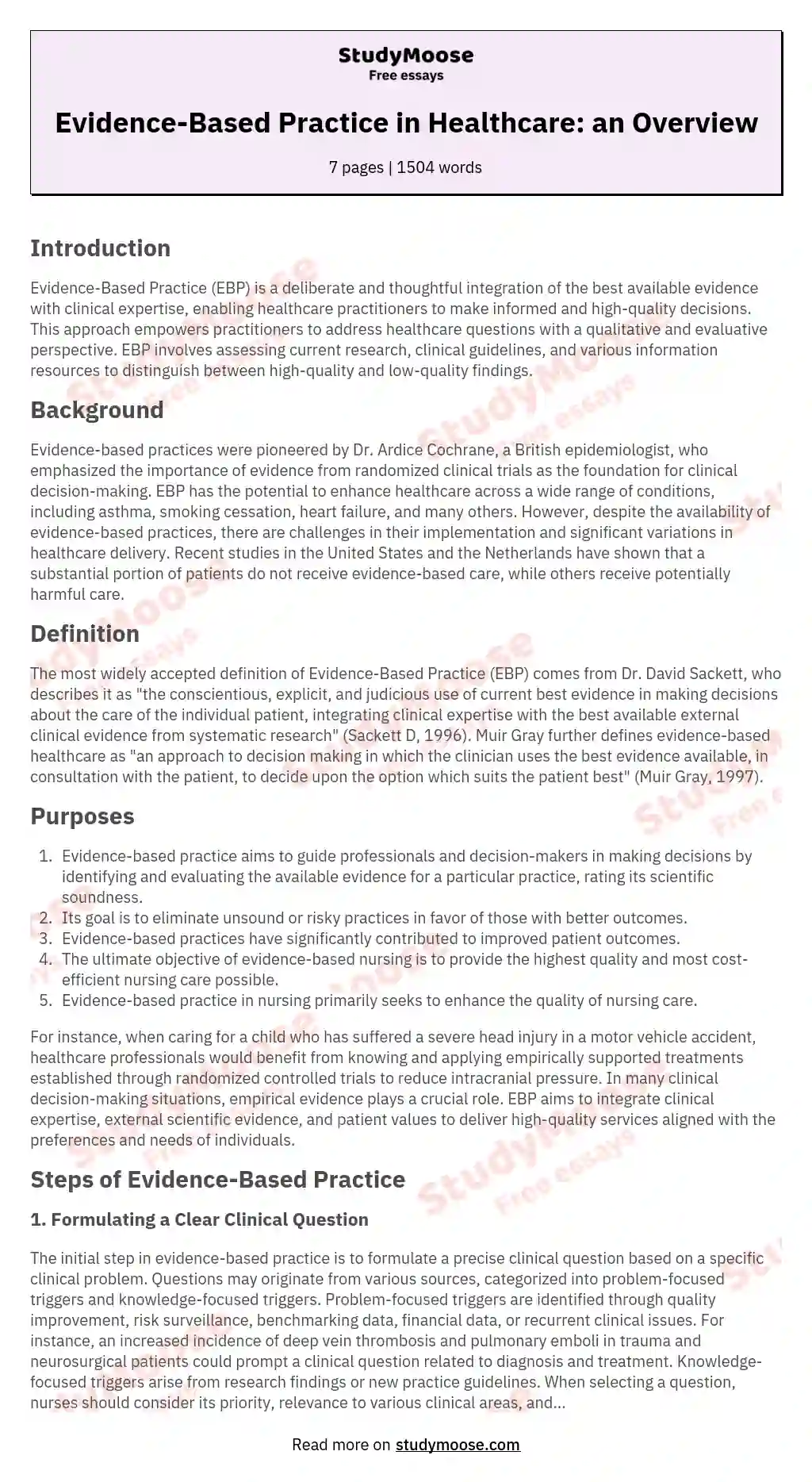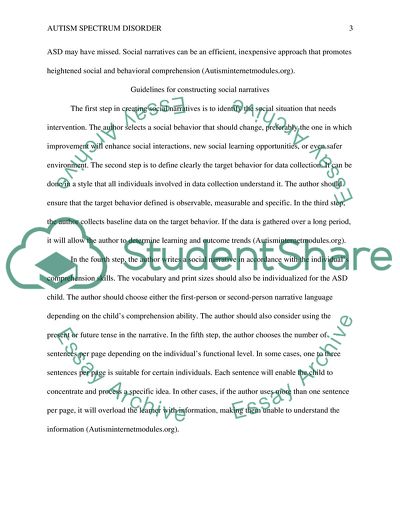An evidence-based practice paper is a document that presents a problem or issue in a specific field and provides a systematic review of the available evidence on the topic. It is designed to help practitioners make informed decisions about how to best address the problem or issue at hand. Writing an evidence-based practice paper requires a number of steps, including identifying a research question, searching for and evaluating relevant literature, and synthesizing the findings in a clear and concise manner.
The first step in writing an evidence-based practice paper is to identify a research question. This should be a specific, focused question that can be answered through the review of existing literature. It is important to ensure that the question is relevant to the field and that it has not already been thoroughly explored in previous research.
Once the research question has been identified, the next step is to search for relevant literature. This can be done through a variety of sources, including academic databases, journal articles, and books. When searching for literature, it is important to use a range of keywords and to be as specific as possible in order to ensure that the most relevant sources are identified.
Once the relevant literature has been identified, the next step is to evaluate the quality of the sources. This can be done using a variety of criteria, such as the study design, sample size, and statistical analysis. It is important to only include sources that are of high quality and relevance to the research question.
Once the relevant and high-quality literature has been identified and evaluated, the next step is to synthesize the findings. This involves organizing the information from the literature in a clear and logical manner and summarizing the key points. It is important to present the findings in a way that is easy for practitioners to understand and apply to their work.
Finally, the evidence-based practice paper should be written in a clear and concise manner, using appropriate language and formatting. It should also include a conclusion that summarizes the key findings and provides recommendations for future research or practice.
In conclusion, writing an evidence-based practice paper requires a systematic review of the available literature on a specific topic. It involves identifying a research question, searching for and evaluating relevant literature, and synthesizing the findings in a clear and concise manner. By following these steps, practitioners can use the evidence to make informed decisions about how to address specific problems or issues in their field.







